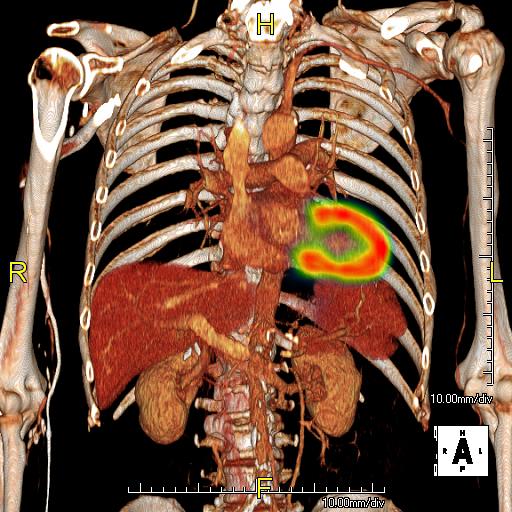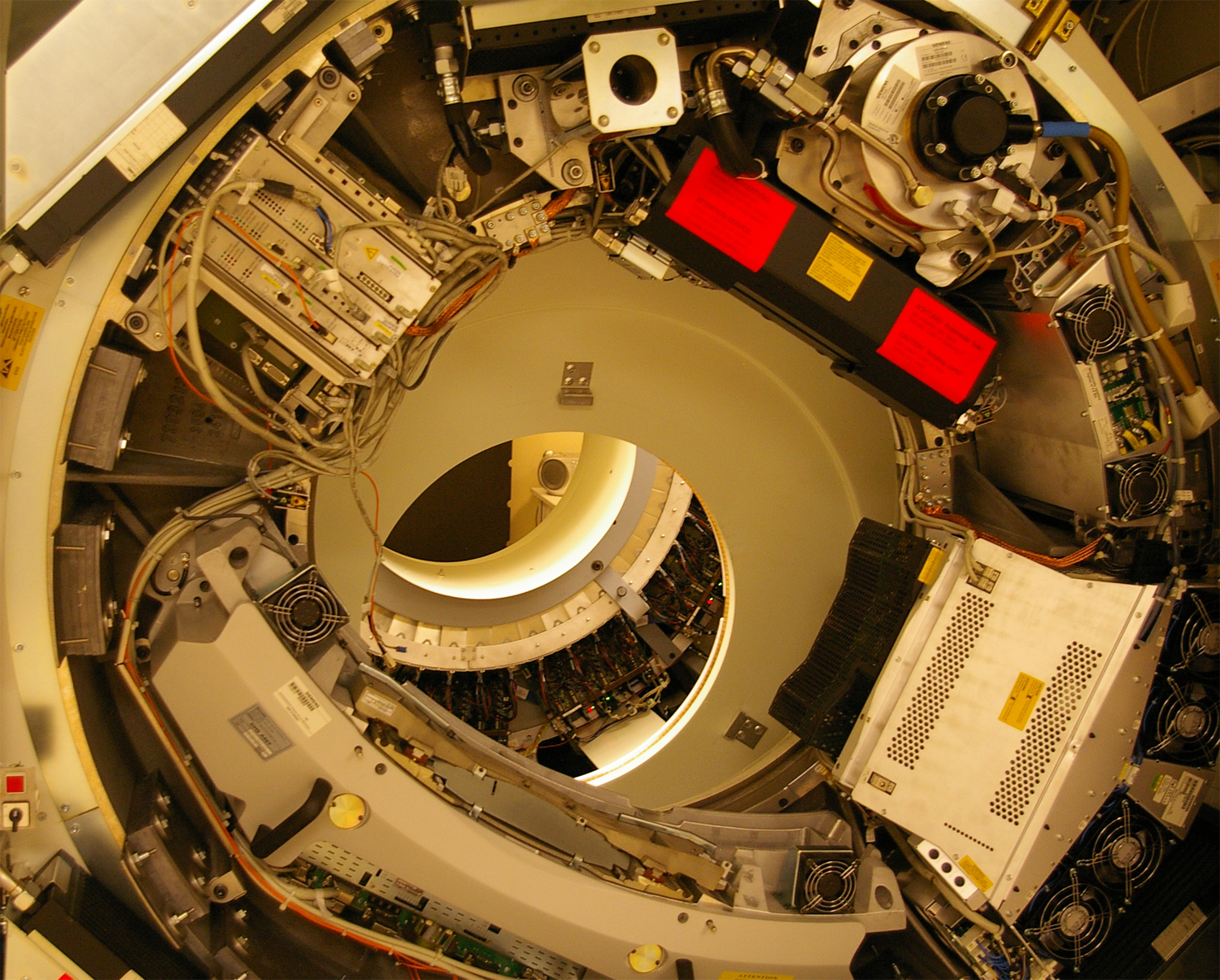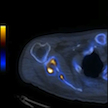Nuclear Medicine - Clinical Nuclear Imaging Research (C-NIR)

 The C-NIR group is dedicated to performing Molecular Imaging Research in humans with state of the art PET/CT and SPECT/CT capabilities. Our imaging scanners are run by highly trained and qualified Nuclear Medicine and CT certified technologists. We also have imaging science experts to provide additional help on diagnosis, image reconstruction, co-registration, tracer kinetic modeling, and quantifications.
The C-NIR group is dedicated to performing Molecular Imaging Research in humans with state of the art PET/CT and SPECT/CT capabilities. Our imaging scanners are run by highly trained and qualified Nuclear Medicine and CT certified technologists. We also have imaging science experts to provide additional help on diagnosis, image reconstruction, co-registration, tracer kinetic modeling, and quantifications.
We provide asistance with all aspects of your study including experiment and protocol design, patient imaging and data analysis. Please contact us with your questions or ideas.

 A "research study" PET/CT or SPECT/CT consist of any PET/CT or SPECT/CT performed in humans that differs in some fashion from the standard clinical protocol. The deviation from the standard clinical protocol could be (but not limited to): the radiopharmaceutical, the acquisition protocol, the reconstruction or the biodistribution time.
A "research study" PET/CT or SPECT/CT consist of any PET/CT or SPECT/CT performed in humans that differs in some fashion from the standard clinical protocol. The deviation from the standard clinical protocol could be (but not limited to): the radiopharmaceutical, the acquisition protocol, the reconstruction or the biodistribution time.

 PET Radiopharmaceutical Status
PET Radiopharmaceutical Status